Odisha- it is the land of ancient architecture, rich history, vibrant culture, and a multitude of temples. Every year, thousands of people from the country and abroad visit this Indian state for not just its spectacular beaches but also the remarkable temples.
Odisha’s temples are not just places of worship; they are grand, living museums brimming with stories and artistry. From the awe-inspiring Jagannath Temple of Puri to the intricately carved Sun Temple of Konark, this guide covers must-see sites, hidden gems, and cultural experiences that make this region so captivating. Get ready for an adventure where every temple visit is a step back in time!
1- Jagannath Temple, Puri
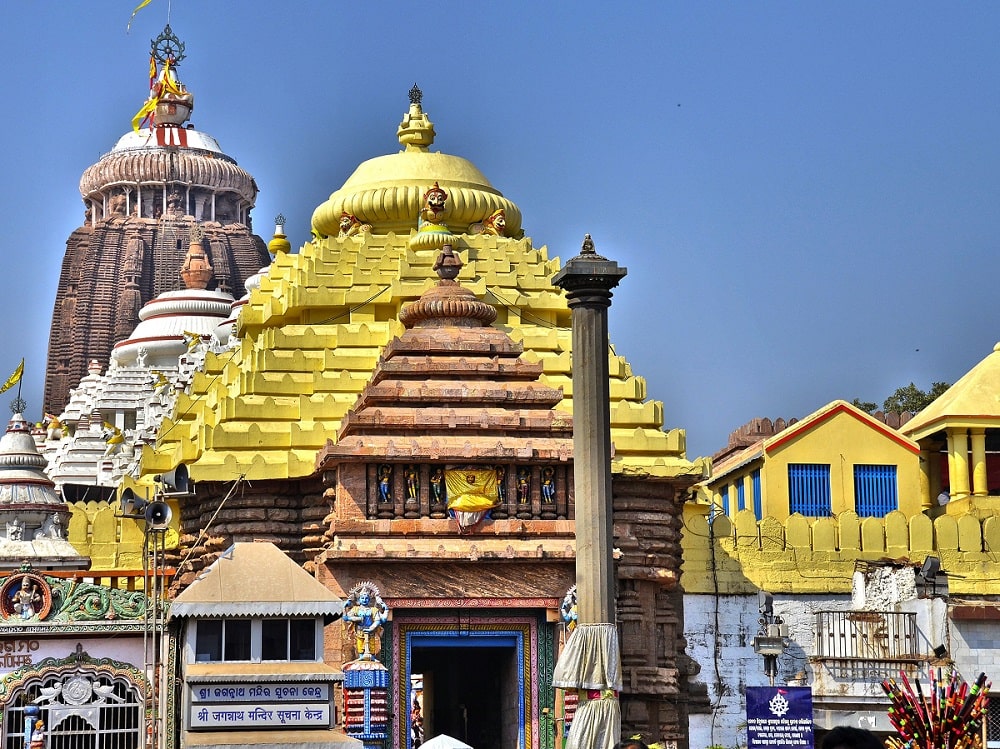
Jagannath Temple, located in Puri, Odisha, is considered one of the most sacred sites of Hindu pilgrimage because of the annual Ratha Yatra or Chariot Festival. This 12th-century temple is dedicated to Lord Jagannath, Lord Vishnu’s avatar. Alongside the idol of Lord Jagannath are the idols of Balabhadra, Vishnu’s elder brother, and Subhadra, his younger sister. What’s unique about these idols is that they have no legs or arms, and it is believed to symbolise universal equality.
The flag hoisted atop this temple which is as high as a 45-storey building is said to flow in the opposite direction of the wind. What’s also mysterious about this temple is that there are no shadows cast by it at any time of the day!
Built during the Ganga Dynasty in the 12th century by the king Anantavarman Chodaganga in the traditional Kalinga style, the Jagannath Temple remains as an iconic symbol of Odisha’s cultural heritage and devotion.
- Timings– 5:30 am to 10 pm
Suggested Tour: Jagannath Puri Tour
2- Sun Temple, Konark
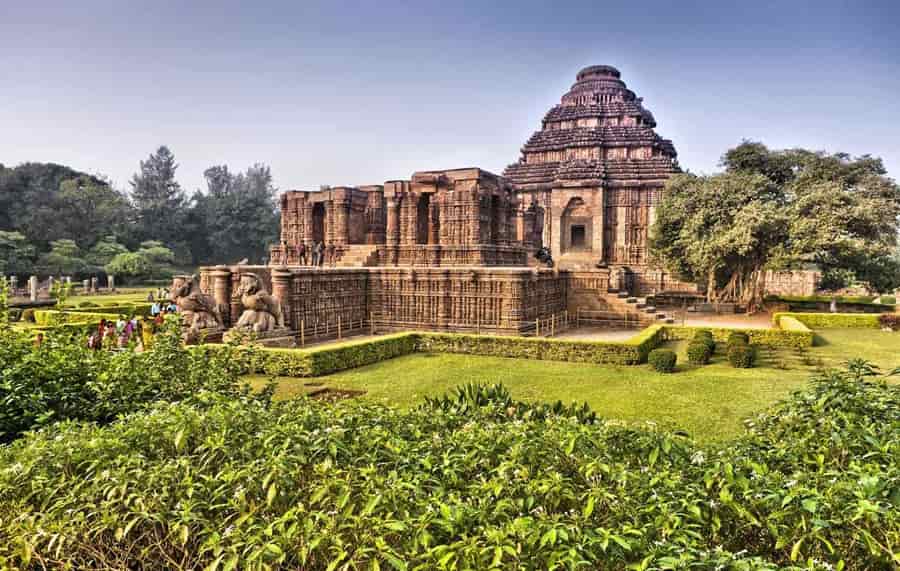
The mesmerising Sun Temple in Konark,—a UNESCO World Heritage site, is known for its unique architecture and beautiful sculptures. This temple, dedicated to Surya, the Sun God, was built in the 13th century by King Narasimhadeva I. What’s most fascinating about this temple is that the first rays of the sun fall directly onto the main sanctum, creating a stunning sight!
The Sun Temple is designed in the shape of a giant chariot, equipped with 12 intricately carved wheels, each representing different months of the year, being pulled by seven horses. Within each wheel, there are 24 spokes, signifying the 24 hours in a day. These wheels, also known as sun dials, accurately tell the time during any time of the day.
- Timings– 6 am to 8 pm
Suggested Tour: Konark Sun Temple Tour
3- Lingaraja Temple, Bhubaneswar
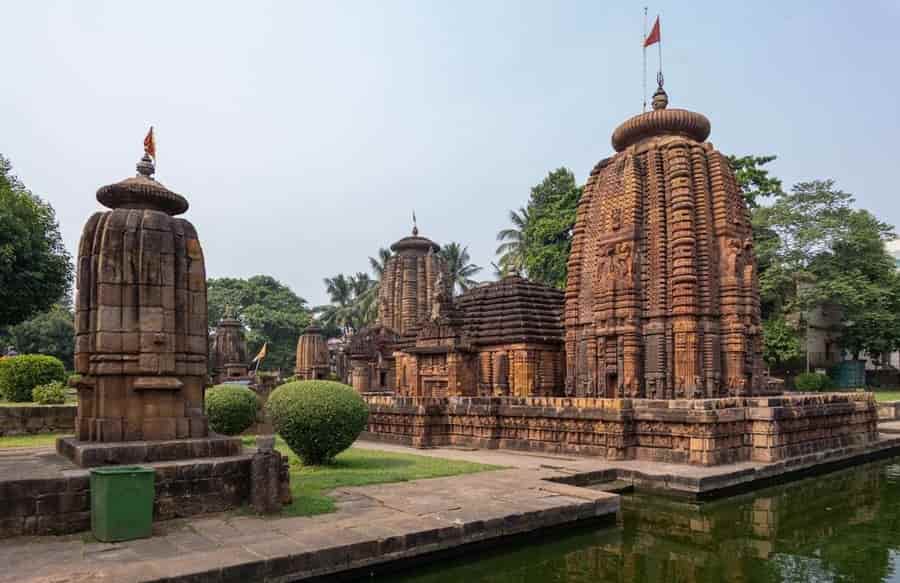
Dedicated to Lord Shiva and Goddess Parvati, the Lingaraja Temple is the biggest in the entire state. Built in the 8th century in the shape of a sanctuary tower, with a traditional Dravidian style Gopuram, this magnificent temple houses more than 1000 Shivalingams in the main courtyard.
Its central sanctum houses a unique Shiva Linga representing the divine cosmic pillar. On the outside, the walls carry many enticing carvings of Gods and Goddesses. According to legend, there is a river that flows underneath the temple and fills up the temple tank with water that has healing properties.
- Timings– 6:30 am to 9 pm
4- Mukteswara Temple, Bhubaneswar
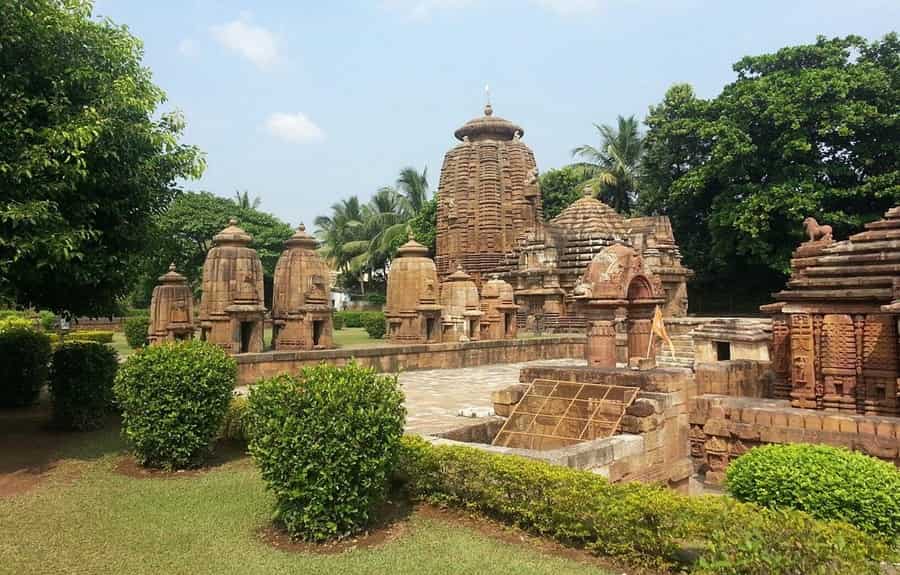
The Mukteswara Temple is located in Bhubaneswar, Odisha, and is termed an ultimate example of Kalinga architecture. Erected in the 10th century, this revered shrine is dedicated to Lord Shiva and stands out for its exquisite carvings and refined artistry. Its most remarkable feature is the intricately decorated torana (gateway), adorned with detailed floral motifs and mythological scenes, showcasing the exceptional craftsmanship of the era.
Mukteswara means the Lord of Freedom, that is, freedom from the cycle of life and death. According to the legends, Lord Shiva killed a demon here and gave him Mukti and that’s why it is called Mukteswara today.
- Timings– 6:30 am to 7:30 pm
5- Rajarani Temple, Bhubaneswar
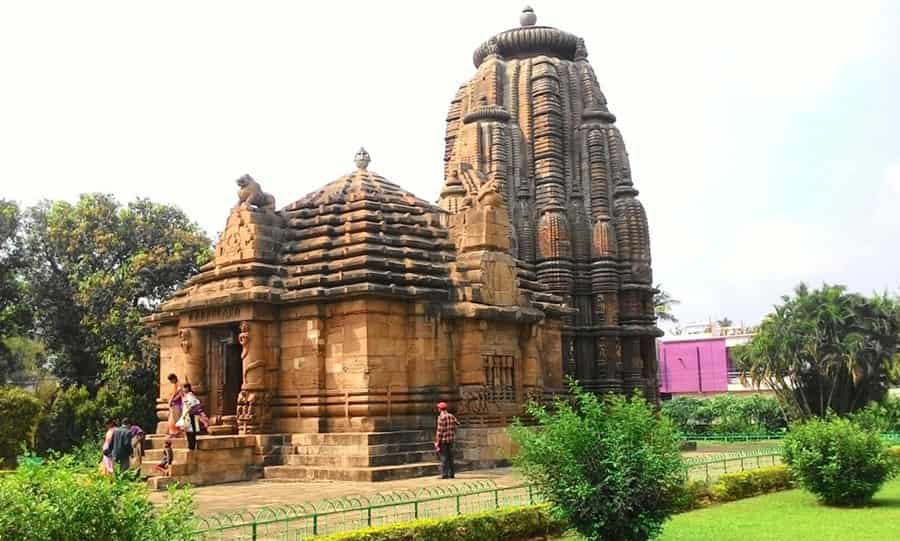
The Rajarani Temple in Bhubaneswar is an architectural wonder of the eleventh century. Equally famous for its magnificent red and golden sandstone, this temple is another remarkable specimen of Kalinga architecture in the city of Bhubaneswar.
Dedicated to Lord Shiva, it is known for its grace and beauty in depictions of deities, celestial figures, and mythological scenes. Other than a few temples, Rajarani has no presiding deity within its sanctum, which further enhances its aura of mystique.
- Timings– 6:30 AM to 7:30 PM
6- Tara Tarini Temple, Purushottampur
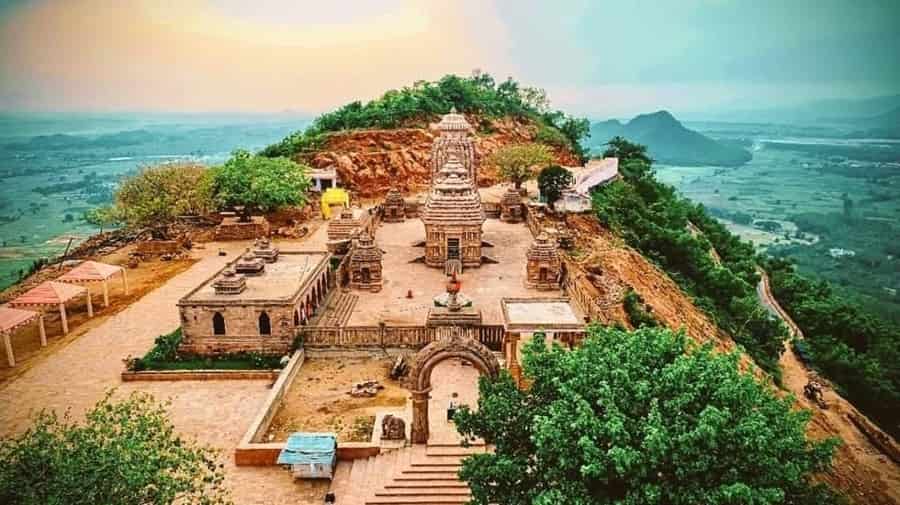
The Tara Tarini temple lies on top of the Kumari Hills on the banks of Rushikulya River, situated 30 km north of Brahmapur, Odisha. This sacred pilgrimage center dedicated to the twin goddesses Tara and Tarini is one of the four major Shakti Peethas in India. The best time to visit this temple is during the annual festival called Chaitra Parba which is held in the month of March and April.
From the foot of the hills, 999 steps lead to this majestic temple which is at an elevation of 708 feet. You can also reach this temple by a ropeway, which costs INR 60, both ways, and enjoy the splendid view from the hill top.
- Timings– 6:30 am to 8:30 pm
7- Chausath Yogini Temple, Hirapur

Located in Hirapur, 20 km from the capital city Bhubaneswar, this 9th-century temple is one of the four surviving Chausath Yogini shrines in India. Built by Queen Hiradevi of the Bhaumakar dynasty, this small and circular temple is only 25 feet in diameter. Surrounding the main temple of Goddess Kali in the centre, are sandstone walls with niches, each housing the image of one of the 64 yoginis.
Legend says that at the site of the temple, Goddess Durga took the form of 64 semi-goddesses to in over a demon. Since it is dedicated to Goddess Mahamaya, it is also known as Mahayamaya Temple.
- Timings– 6 am to 7 pm
8- Vaital Deula Temple, Bhubaneswar
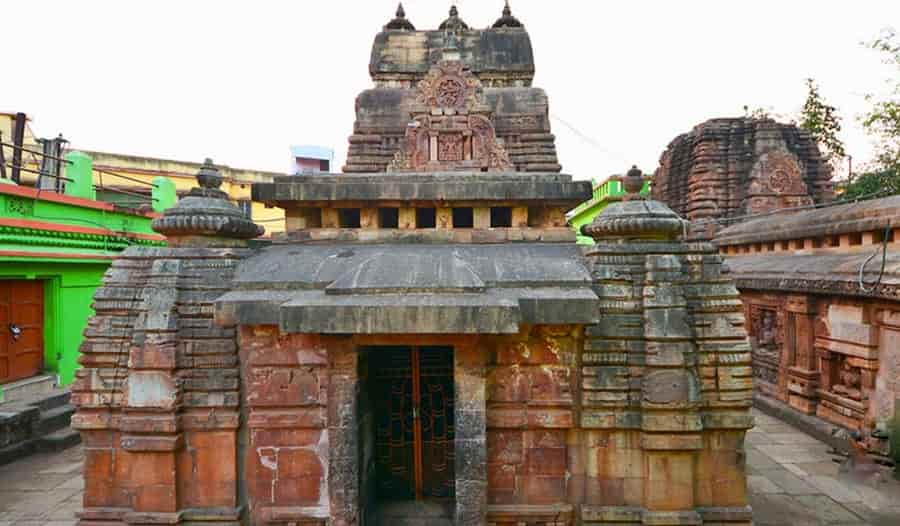
Out of all the temples in Bhubaneswar, the Baitala Deula temple stands out for its distinct rectangular sanctuary and Dravidian style tower, which is reminiscent of many South-Indian temples. However, it is actually an example of the Khakara style of the Kalinga architecture. The presiding deity of this temple is Goddess Chamunda.
It is also known as Tini mundia Deula owing to the three spires on top of the dome. Known for the beautiful and elegant carvings on its walls, of poised females and couples, this temple is truly a unique work of art and is definitely on the must-see list.
- Timings– 7 am to 8 pm
9- Brahmeswara Temple, Bhubaneswar
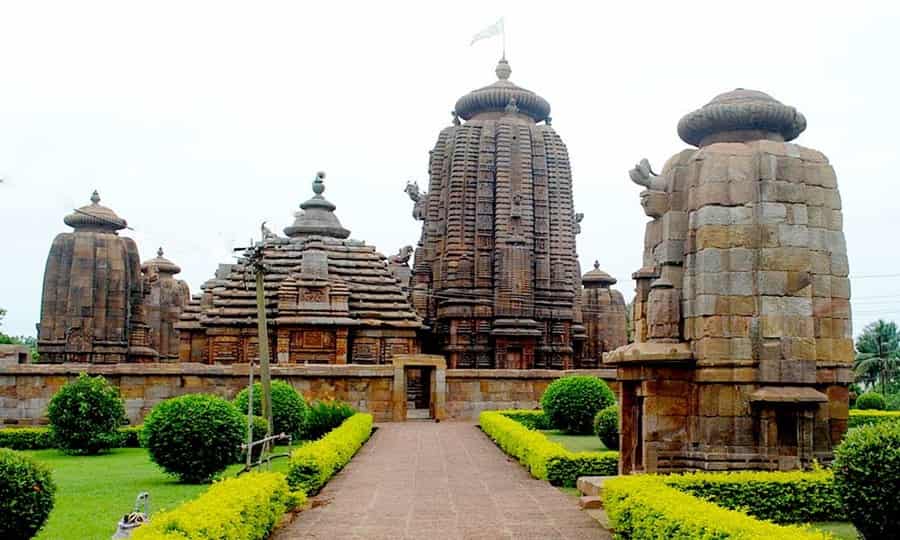
This is yet another temple in Bhubaneswar that is dedicated to Lord Shiva. Architecturally similar to the style of the Mukteswara Temple, this architectural wonder is carved out a single stone. Although it is believed to be built in 9th century, archaeological evidence suggests that it was most likely built in the 11th century by Queen Kolavati Devi of the Somavamsi Dynasty of Odisha.
Queen Kolavati is said to have started the practice of presenting beautiful women called Devadasis to the deities who sang and danced to please the gods. The beautiful scriptures on the walls of this temple also show us glimpses of the Devadasi tradition.
- Timings– 6 am to 8 pm
10- Ram Mandir, Bhubaneswar
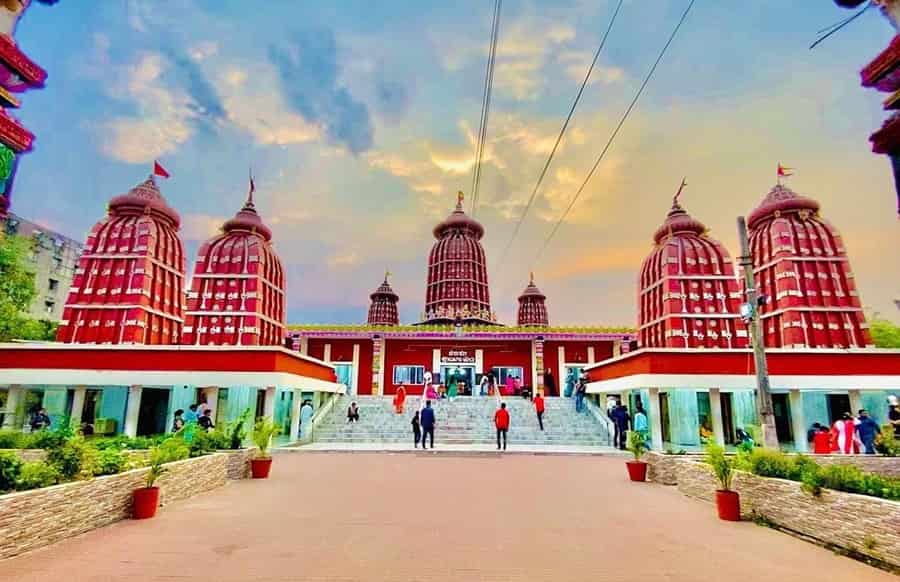
Located in the heart of the temple city of India, Bhubaneswar is this magnificent temple which is probably the most famous tourist destination of the city. Dedicated to one of the most worshipped deities in the Hindu religion, Lord Rama, this temple also has idols of Lord Lakshman and Goddess Sita.
The temple was established on 27th June 1979 and hosts many celebrations throughout the year, especially during the Navratri season. The grand Aarti happens to be major attractions for the devotees who visit this temple from all around the country.
- Timings– 6 am to 9:30 pm
11- Gundicha Temple, Puri
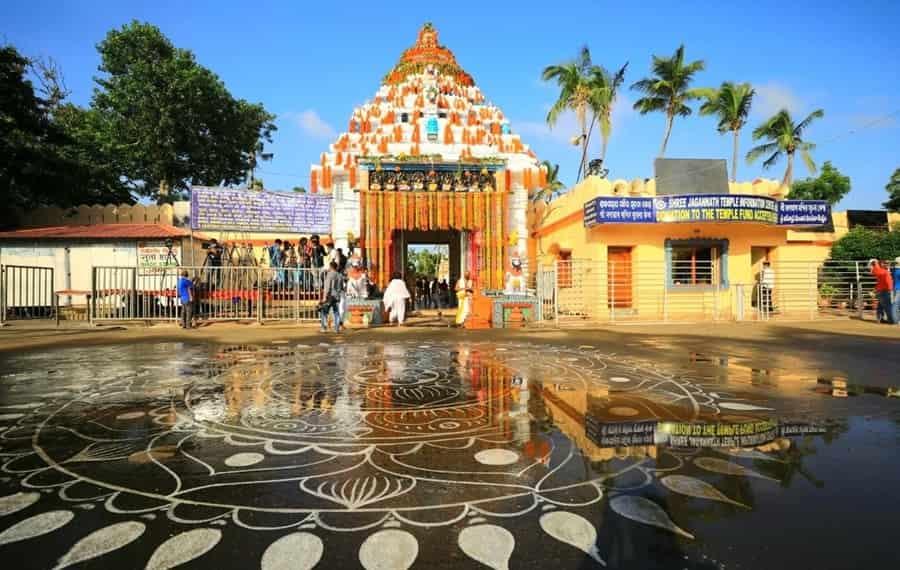
Located in Puri, Odisha, Gundicha Temple is one of the popular Hindu temples dedicated to Gundicha Devi, who is considered as Lord Jagannath’s aunt. This temple was built in the 12th century and forms an integral part of the annual Rath Yatra (Chariot Festival), in which the Jagannath Temple deities are ritually transported to this temple.
Surrounded by compound walls on all sides, this temple sits in the middle of a beautiful garden. It was built using light grey sandstone in the Deula style of Kalinga architecture and is situated just 3 km away from the Jagannath Temple.
- Timings– 6 am to 9 pm
12- Cuttack Chandi Temple, Cuttack
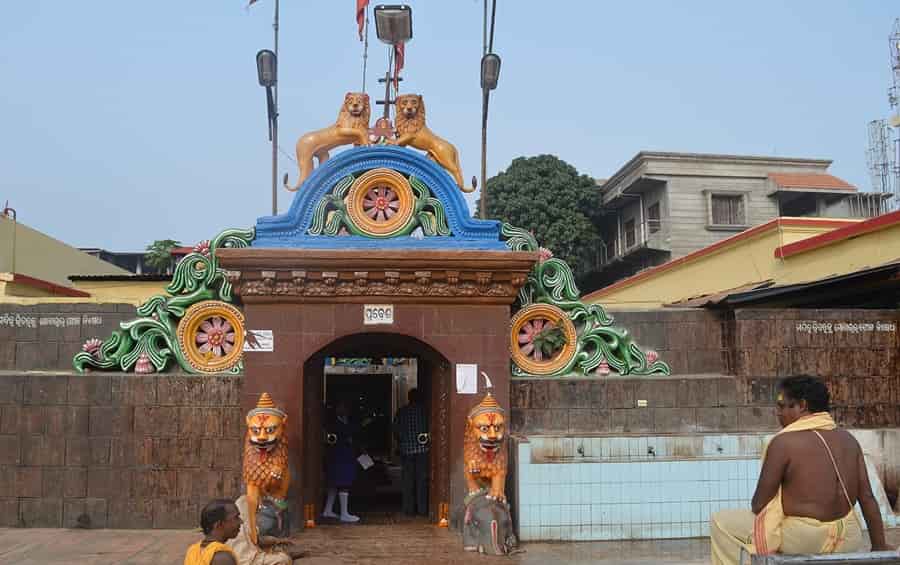
This ancient temple of Odisha which lies nearby the banks of the river Mahanadi is dedicated to Goddess Chandi, who is worshipped as the most prominent deity by the locals in Cuttack. The main entrance features two lions on the top, on either side of the image of Goddess Chandi, who is believed to be an incarnation of Goddess Durga.
Drawing over 20 lakh devotees from all over the country, this temple is especially flooded during the Durga Puja festival, which is the most significant festival celebrated in Cuttack.
- Timings- 7 am to 10 pm
13- Parsurameswara Temple, Bhubaneswar
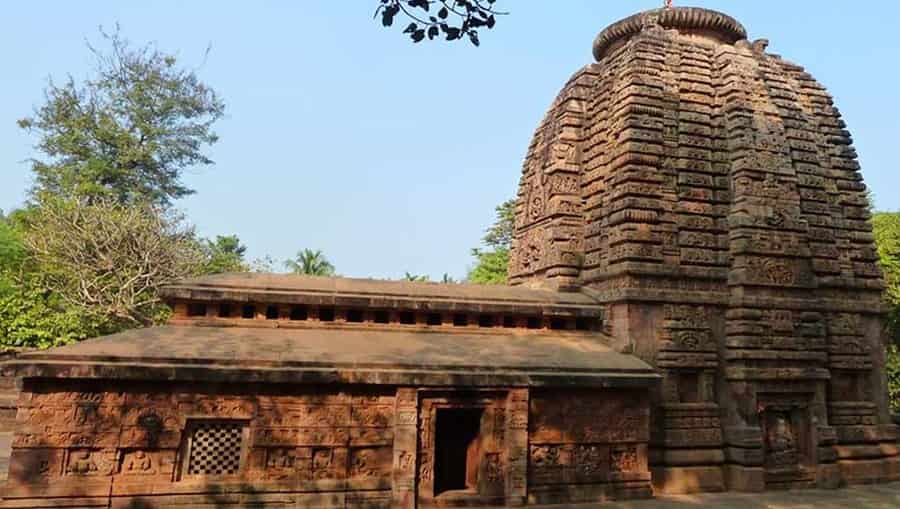
Located in the same premises as the Mukteswara Temple, this is yet another shrine dedicated to Lord Shiva. It is believed to be built between the 7th and 8th centuries by Madhavaraja II of the Shailodbhava Dynasty and is one of the best preserved examples of how Kalinga architecture was before the 10th century.
It is also considered the first temple to have a hall for people to worship, attached to the main sanctum, called Jagamohana. On the walls of this hall, there are images of the Saptamatrikas– the seven Hindu Goddesses who symbolizes shakti. The intricate carvings on the outer walls depict animals, flowers, mythological figures and Hindu deities.
- Timings– 5 am to 6 pm
14- Ananta Vasudeva Temple, Bhubaneswar
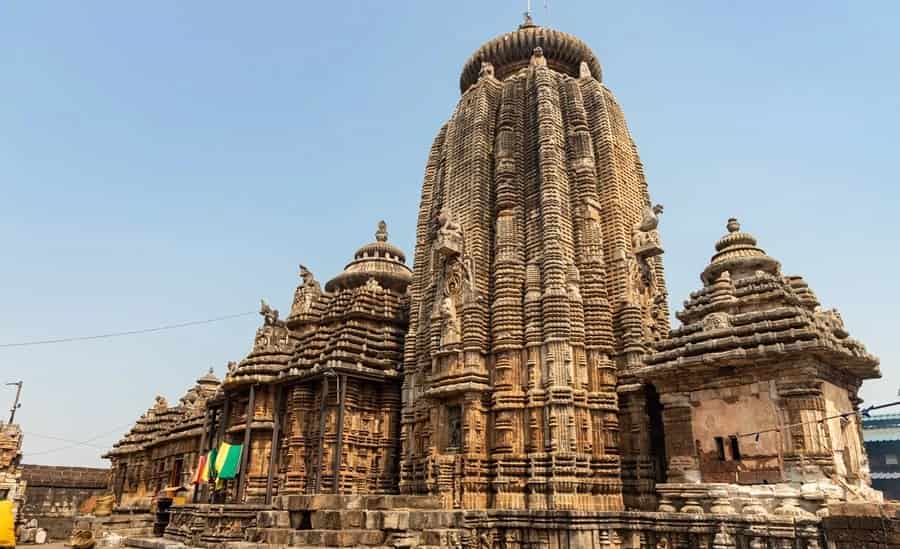
This 13th century temple is one of the most popular temples in Bhubaneswar and is dedicated to Lord Krishna, an incarnation of Lord Vishnu. Built by Queen Chandrika of Eastern Ganga dynasty, the Ananta Vasudeva Temple is the only ancient Vaishnav temple in the old town area of Bhubaneswar.
Located on the eastern bank of the lake Bindu Sagar, this temple features detailed carvings of scenes from Hindu mythology, including several avatars of Lord Vishnu. One of the many beautifully carved sculptures inside this temple complex is the image Lord Balarama (Lord Krishna’s elder brother), standing on top of a seven-hooded serpent, which is truly a rare and fascinating sight.
- Timings– 6:30 am to 7 pm
15- Ramachandi Temple, Puri
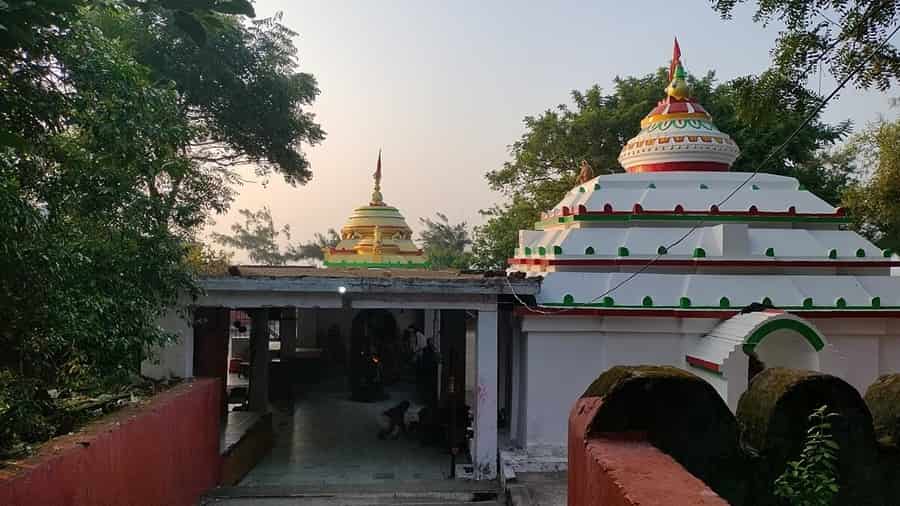
At a distance of just 5 km from Konark, in the Puri district of Odisha, lies this beautiful temple dedicated to Goddess Ramachandi, who is considered the main deity of Konark. Built in the traditional Odiya style of temples, it comprises of the Vimana and an adjoining prayer hall, known as Jagamohana.
Since Goddess Ramachandi is an incarnation of Goddess Durga, the festival of Durga Pooja is celebrated with much devotion and enthusiasm in this temple every year. It is located on the riverside of the Kushabhadra River, with a beach nearby called the Ramachandi beach, thus, making it a popular tourist destination in the city of Puri.
- Timings– 6 am to 6 pm
All in all, it can be said without a doubt that Odisha truly is a land for those who have a quest to discover India’s rich history and the beauty of ancient monuments. There is no dearth of temples in Odisha, which are not only a centre for worship but also a testament to the unmatched architectural finesse of the period between 8th and 12th centuries. Odisha definitely should be on your travel bucket list if you wish to witness the intricate sculptures and the distinct architecture of these temples and many more, alongside the scenic and pristine beaches that this state has to offer.
- Suggested Tour: Orissa Tour Packaged

 Call
Call WhatsApp
WhatsApp Enquiry
Enquiry